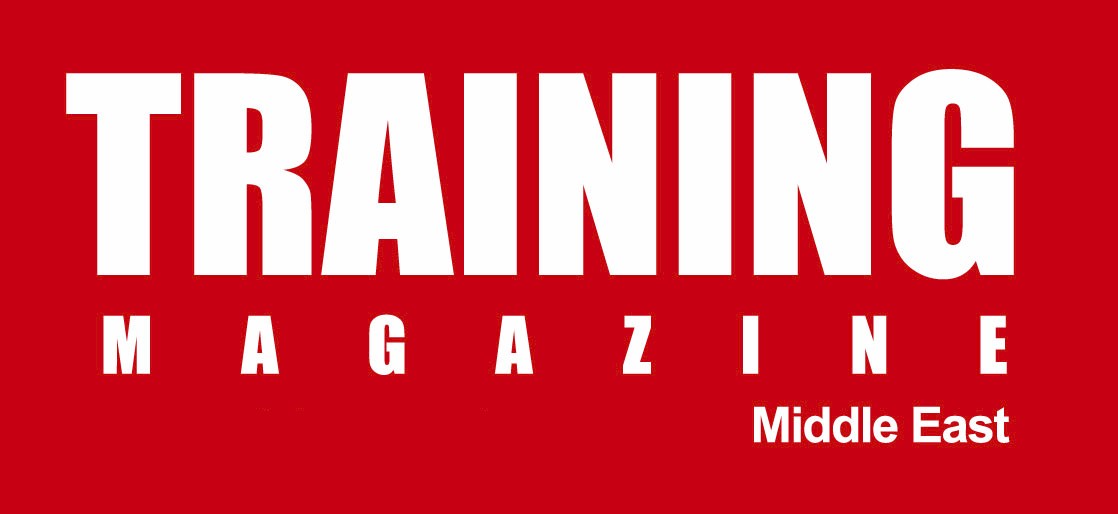Driving this morning, I was amazed by the way a particular driver was driving ahead of me, and I thought to myself, I wonder if he, as a person, is the same as his driving! Then it hit me; the way we drive is indeed part of our character and attitude and it specifically relates to communication. Think about it: how many elements of communication are demonstrated while driving?
Well, if communication is about words, body language, and tone of voice, and if communication uses visual, auditory, olfactory and tactile components…here you go, you have it all literally in front of you in that bundle; the vehicle and its driver. A bundle that is sending you messages of all sorts.
The sender of the message, who is the driver in this case, is sending his/her messages through the channel, which is the vehicle. The receiver would be mainly the other drivers around them.
The car has lots of features to communicate with others…how well are we using them? How often are we causing accidents because of miscommunicating or misusing these communication tools while driving?
We communicate every time we use (or don’t use) our indicators or hazard lights. We communicate every time we toot the horn. Tinted windows send a particular message. The owner of an overly accessorized or decorated car may be calling for attention the same way a driver says “Look at me…” by revving his car’s engine. The automotive brand or model itself may communicate a status, a lifestyle, or “I’m a VIP”. Wearing or not wearing a seatbelt communicates how much the driver respects the law, and throwing litter outside the car communicates how much we respect each other, the same way a driver selfishly takes up tow spaces to park the car. Even license plates, stickers, signs on the vehicle communicate particular messages. Speed may communicate a certain mood or situation and so on. We can go even deeper into examples and check how often people forget to refuel or miss a car service and link it to time management skills. But, while tons of examples can be used here, the message is this; communication is etiquette, and etiquette is communication, and driving may be both! Communication/driving is an attitude and a character.
Driving is one of a country’s cultural faces and perhaps its level of civilization! The way people drive in a particular country may summarize a number of facts that make such a country a first, second, or third class place to live in. And since effective communication is a two way process, how we (as people or local authorities) respond to these on road messages while driving makes us as cultured and as civilized. We can choose to respond assertively, aggressively, or passively. Consequently, our choice will either help and educate or escalate and deteriorate our culture of driving.
However, something to beware of as a common caveat in communication is making assumptions, prejudging and/or jumping to conclusions. Communication signs come in clusters. The driver of this fancy and expensive car may not always be the owner (don’t fall for looks!), nor every dirty car is a reflection of a dirty driver.
PS. Interestingly enough, I was driving for a training session about communication when the idea of this article hit me. So true, “aha!” moments do occur in one of the 3 B’s; Bed, Bath, and Bus (Bus as also in car, train, metro…).


It’s amazing article ever , good job actually i hope i can be one of your communication training attendants and as you said its interestingly enough, Thanks a lot .